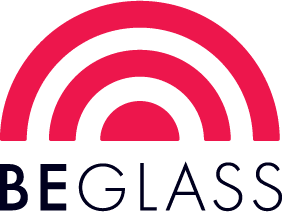Overview
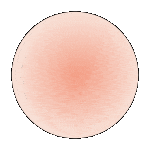
Striker
This style may not reveal (strike to) its target color until fired.
Reactive Potential
Contains: Lead (Pb)
May React With: Selenium (Se) / Sulfur (S)
Forms of Glass
Sheet Glass (-0030, -0050), Frit (-0001, -0002, -0003, -0008) Rod (-0576), and Stringer (-0272, -0107)
Detailed Information
About 001305 Sheet Glass
Cold Characteristics
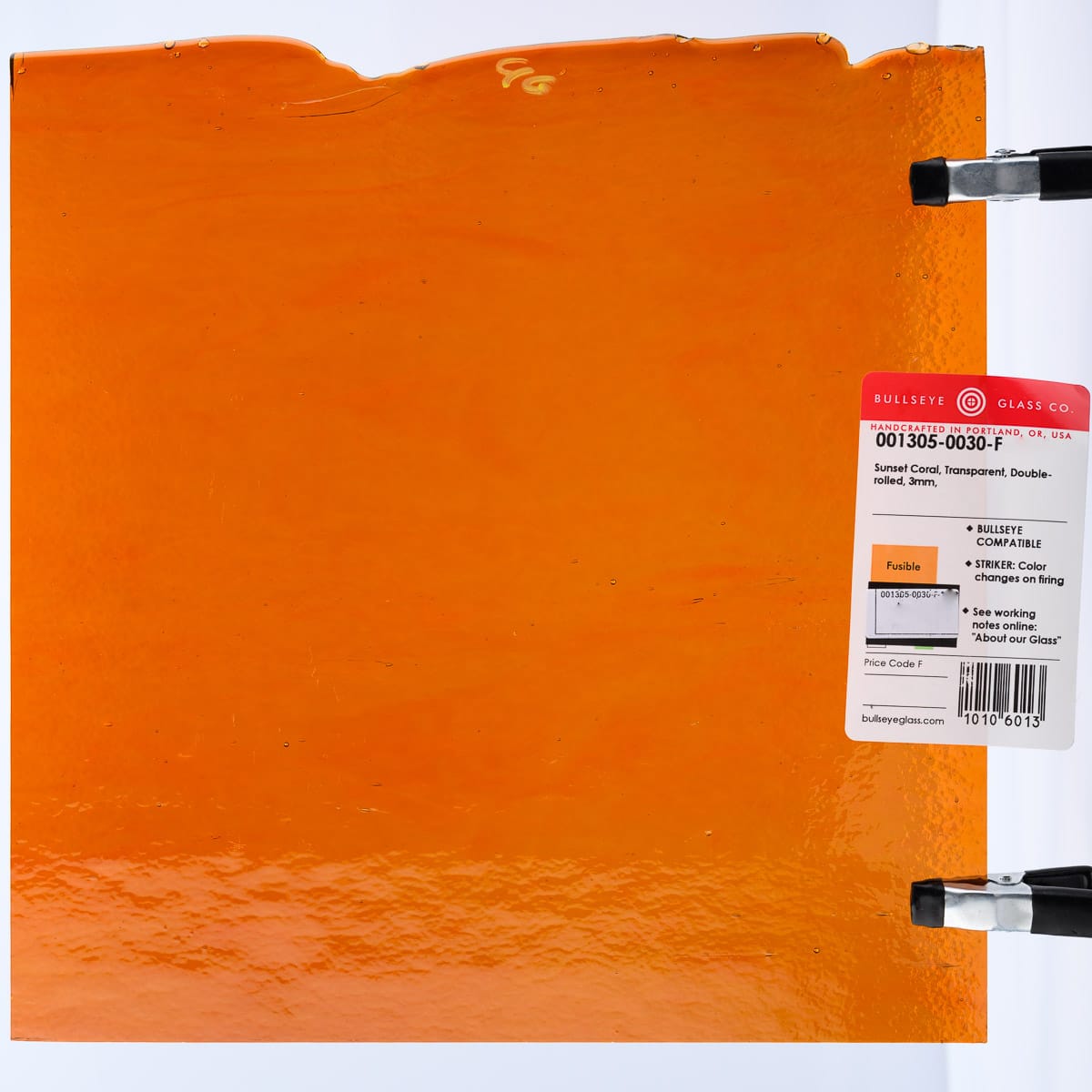
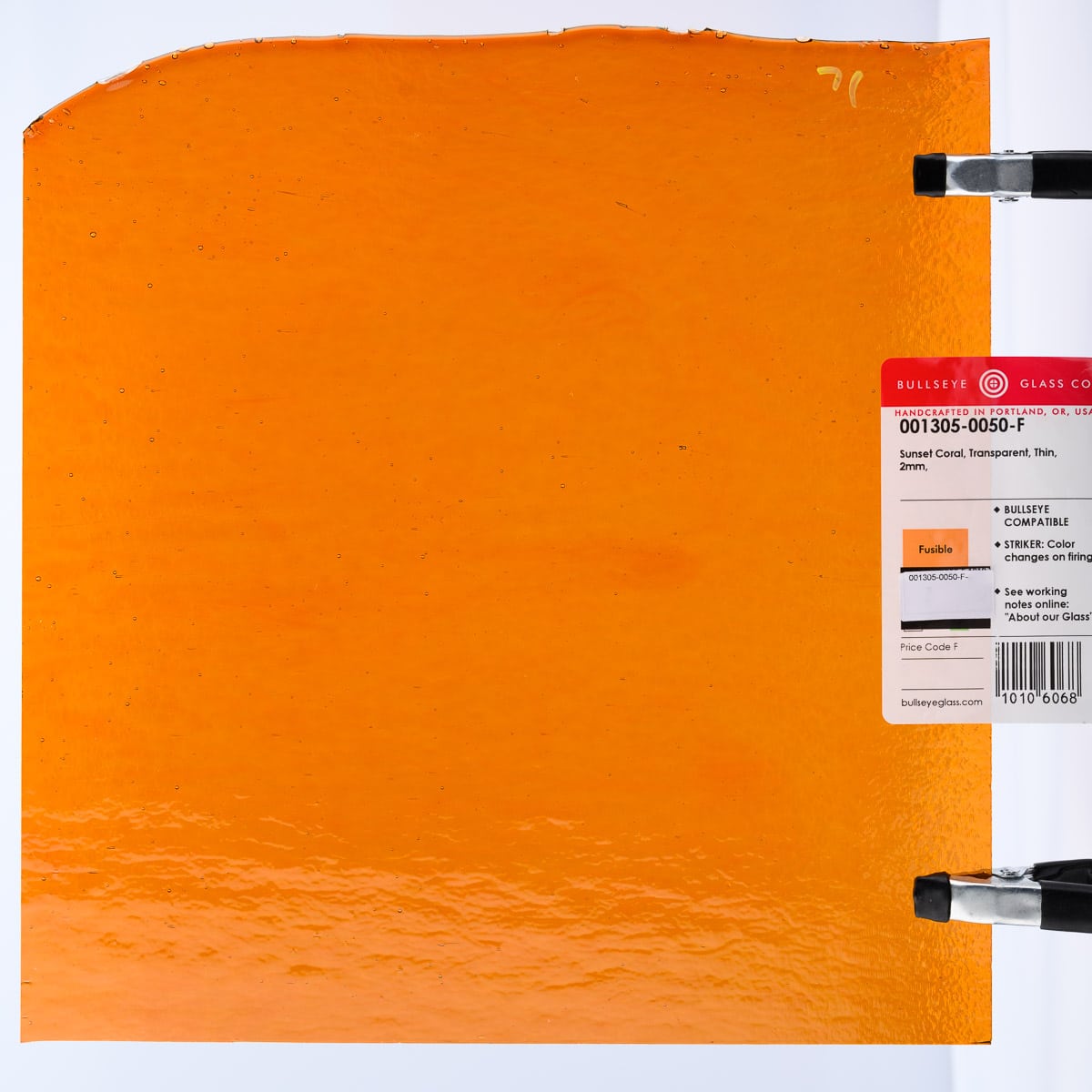
Color is transparent and varies in density.
Working Notes
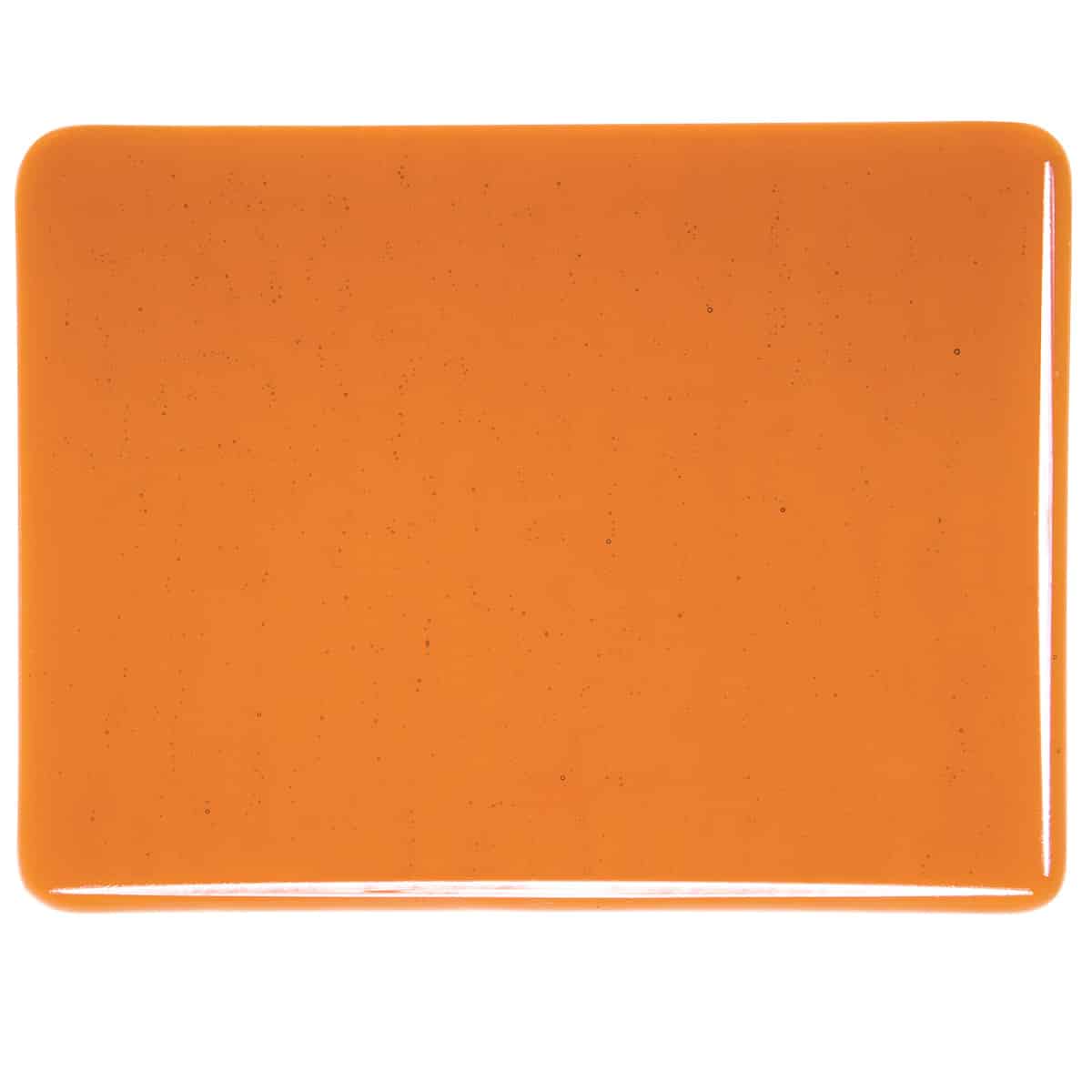
Color usually deepens on firing. Possible dark interface reaction with selenium and/or sulfur glasses (000137, 001122, 001125, 000124, 000125, 001137, 001437). Less viscous (softer) than most other glasses. Some gold-bearing striking glasses, like this one, should be fired with a 2 hour hold at 1225ºF / ºC during the initial stages of the firing cycle. If fired without this hold, they may not strike at all, or they may strike but appear spotty and have a blue-brown cast, as opposed to the desired target color. Know Your Gold Hold
Fusible / Bullseye Compatible
About 001305 Frit
Working Notes
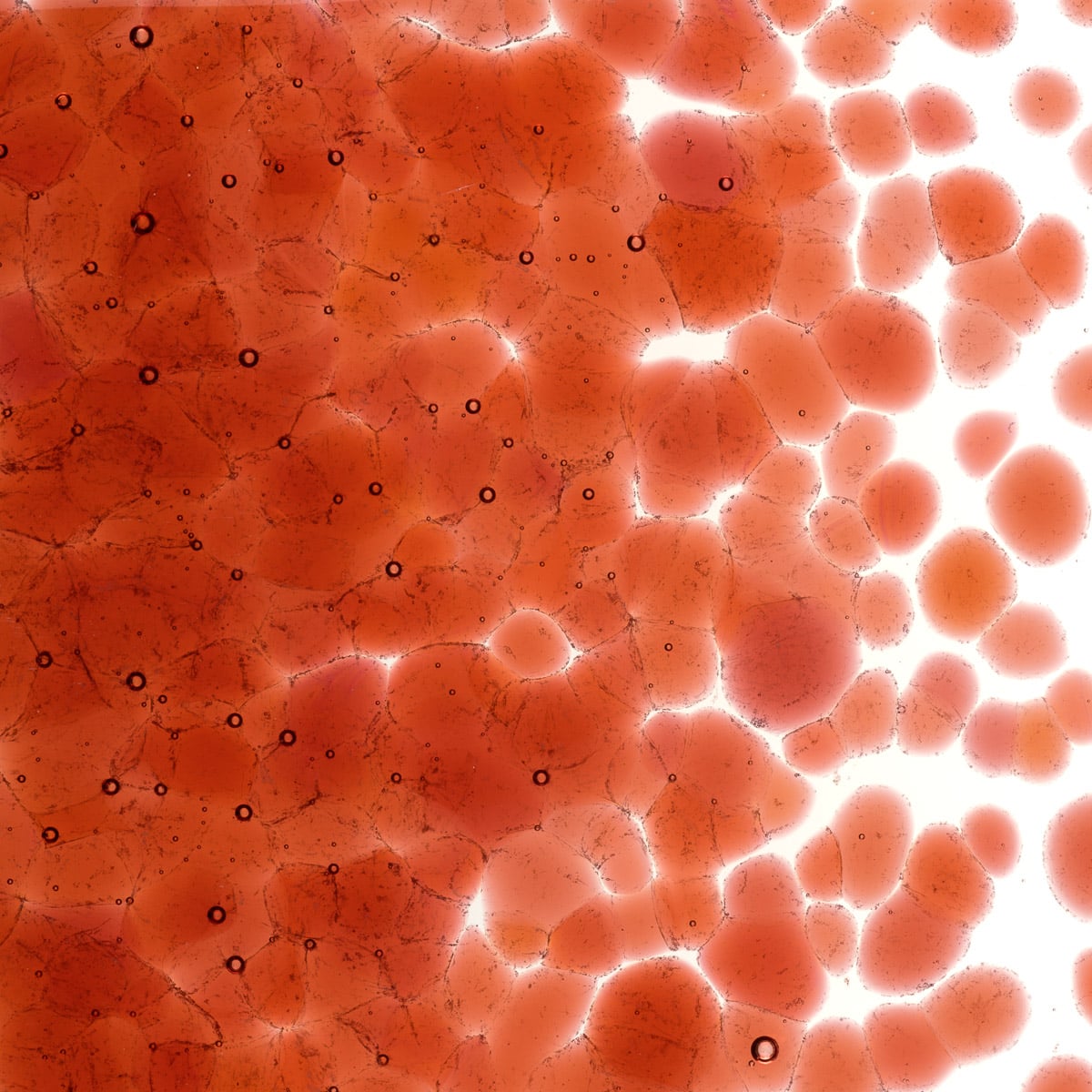
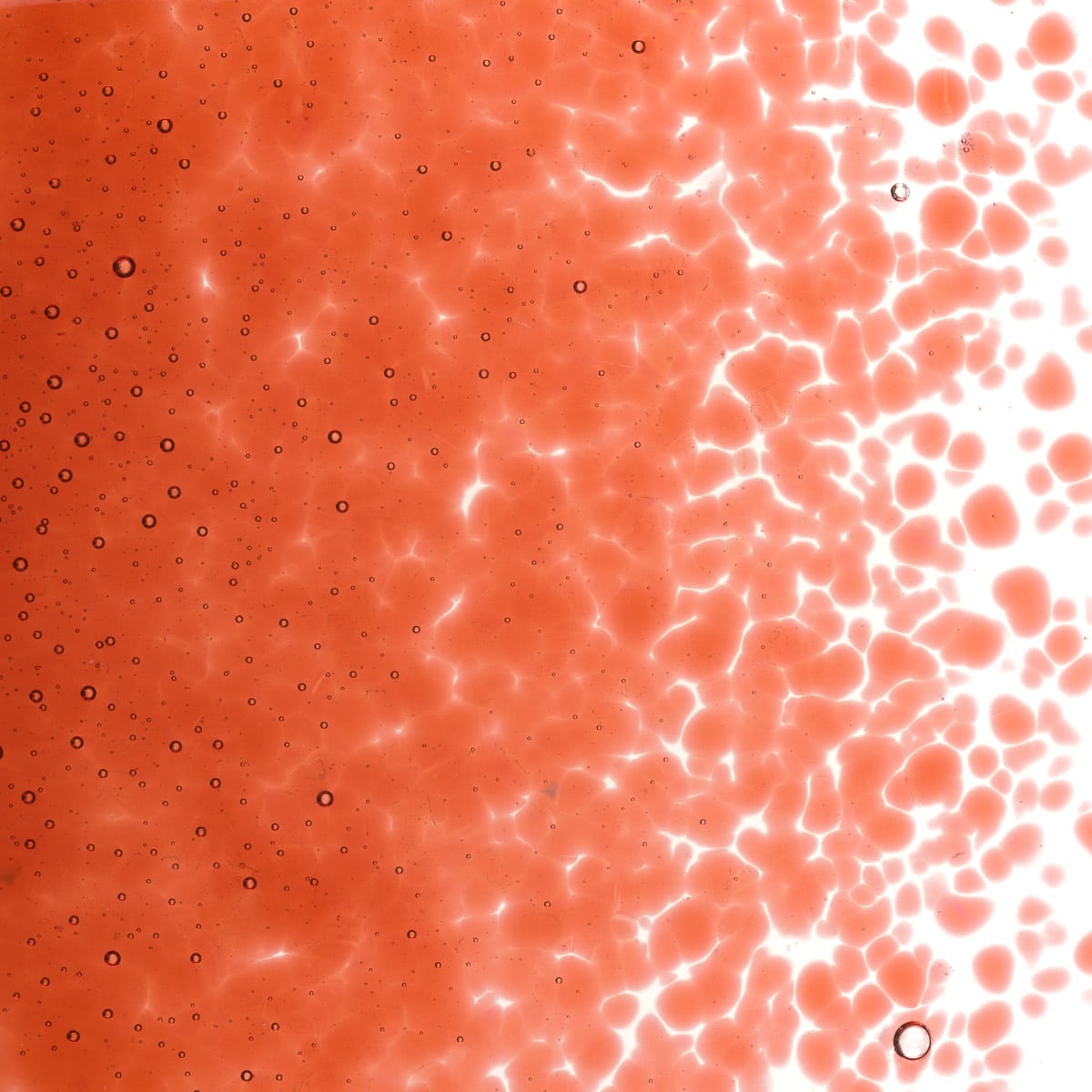
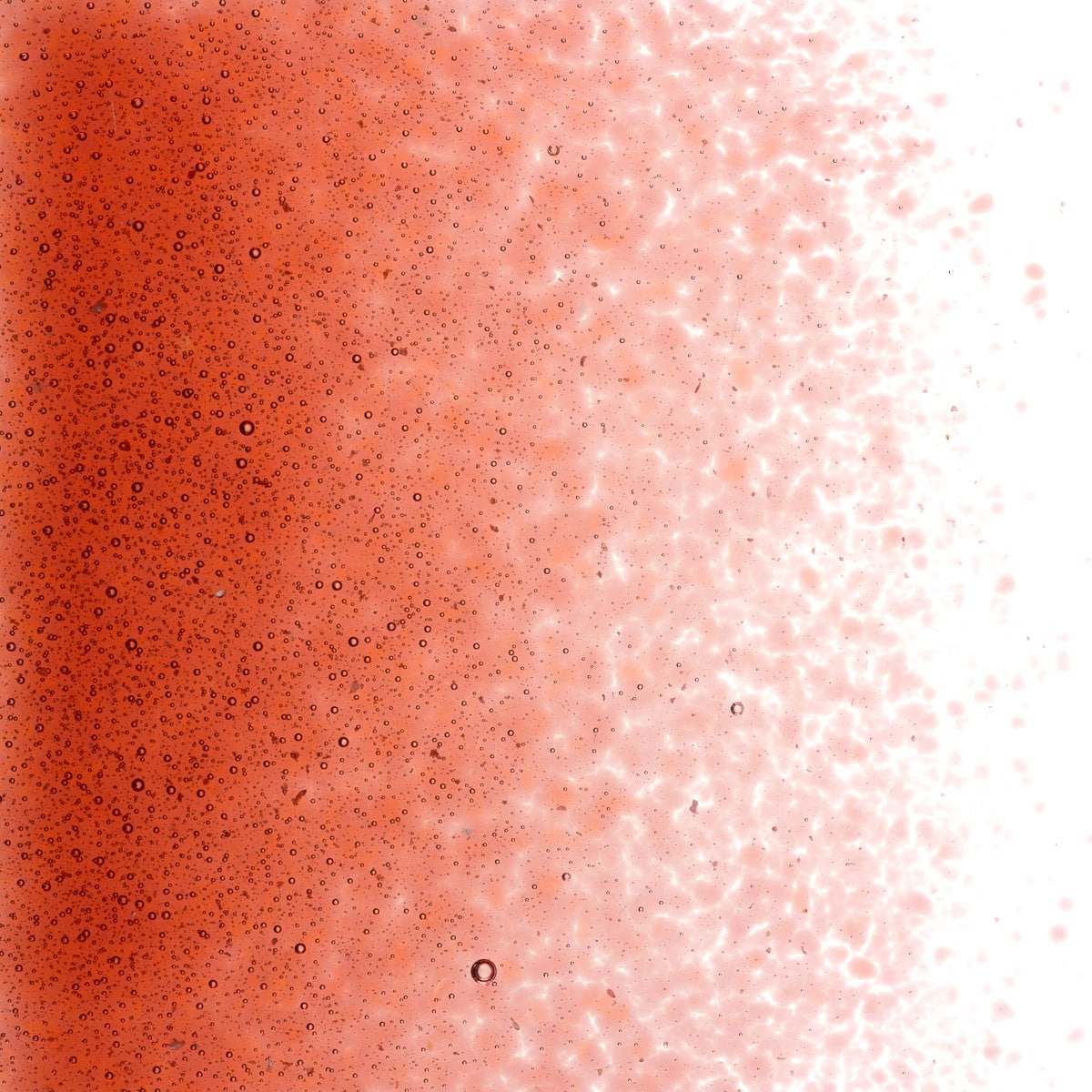
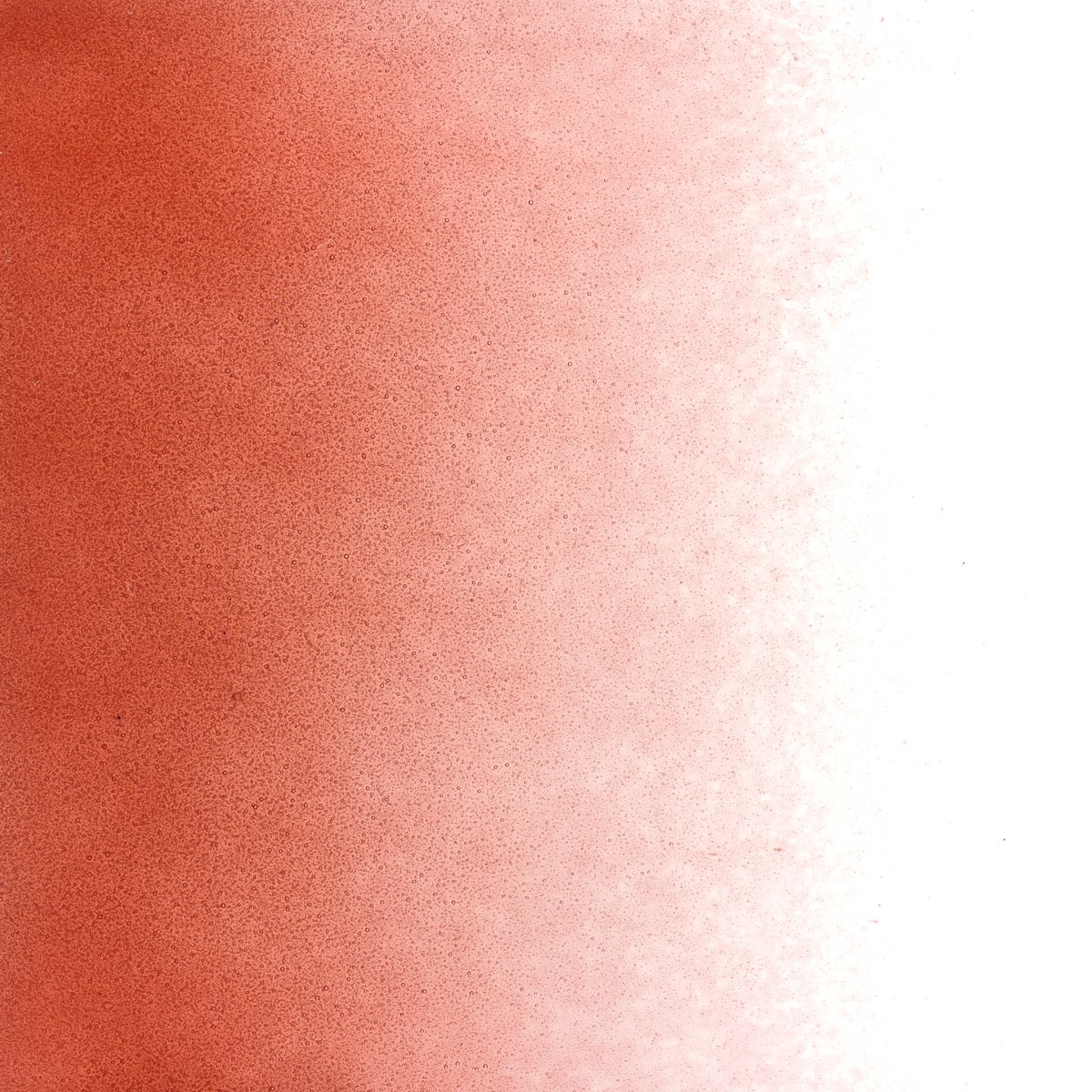
See sheet glass notes for this style.
About 001305 Rod
Cold Characteristics
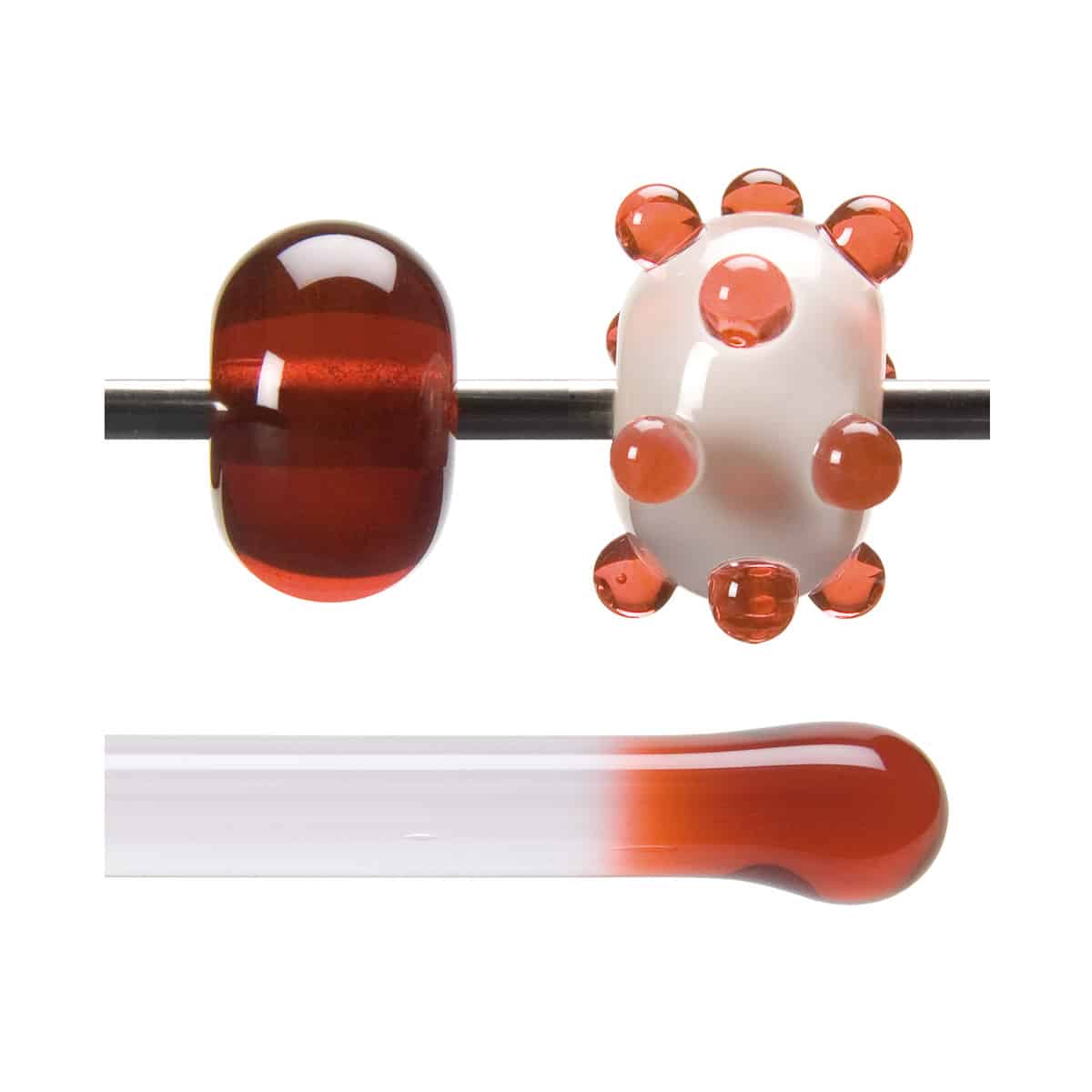
Transparent peach with a hazy sheen.
Working Notes
Torch: Work in a cooler, oxidizing atmosphere. May develop a light brown color on the surface of the glass if worked in the presence of too much propane (or fuel).
Kiln: A linear, streaked design may develop upon firing and may be visible whether fired lengthwise or on end. Hue and saturation may also differ slightly when compared to sheet glass; a wider range is accepted due to changes that occur in the forming process.
Other: Consider encasing with clear to protect the surface from developing a light brown color in the hotter, neutral flame chemistry that you would use for most other styles. We advise labeling all striking glasses.
About 001305 Stringer
Working Notes
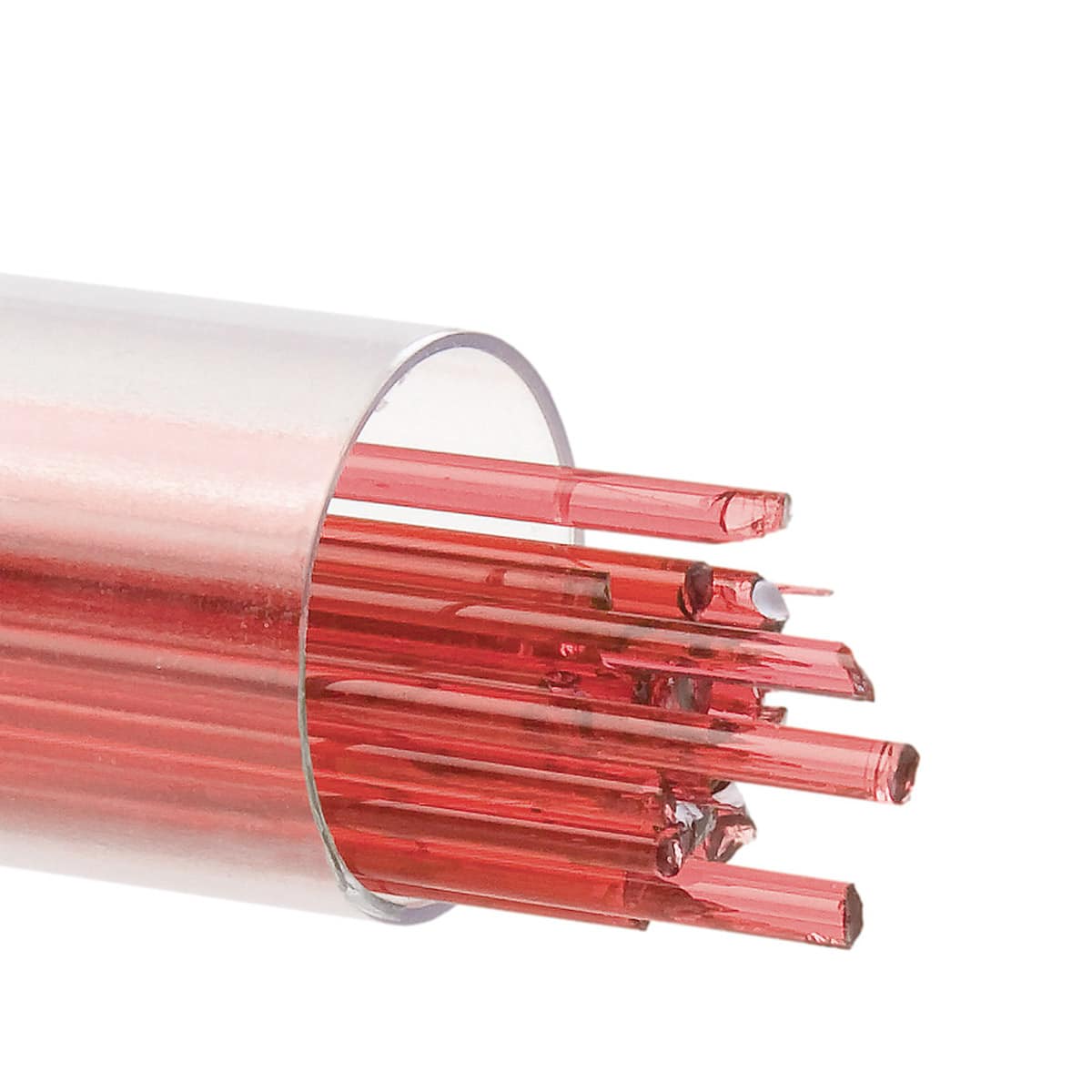
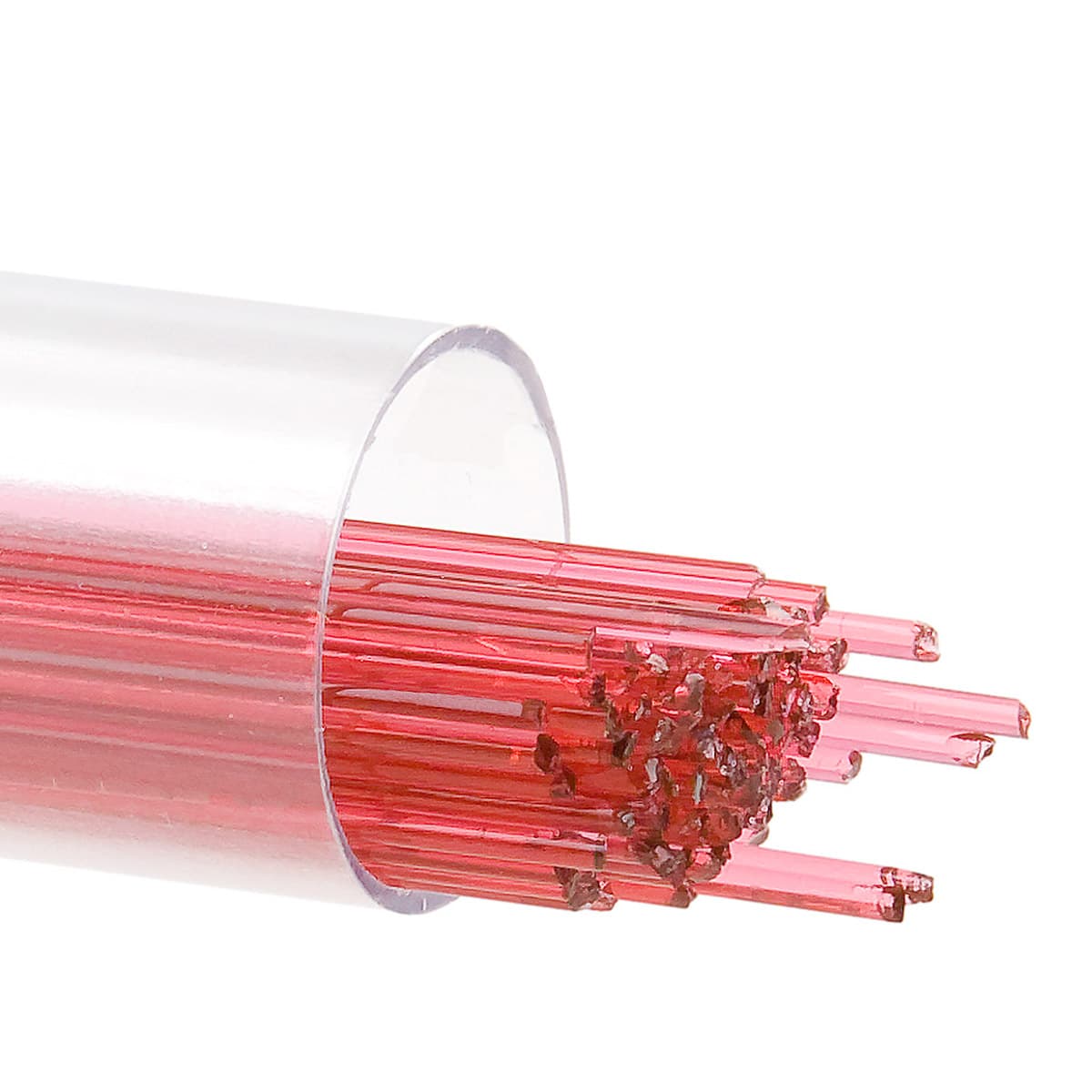
See sheet glass notes for this style.
